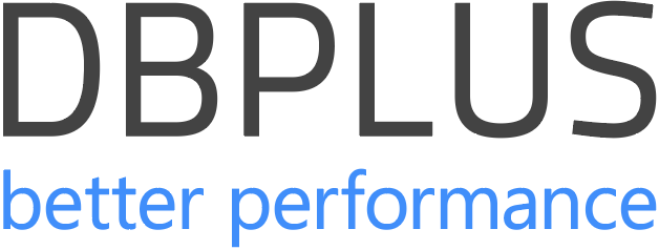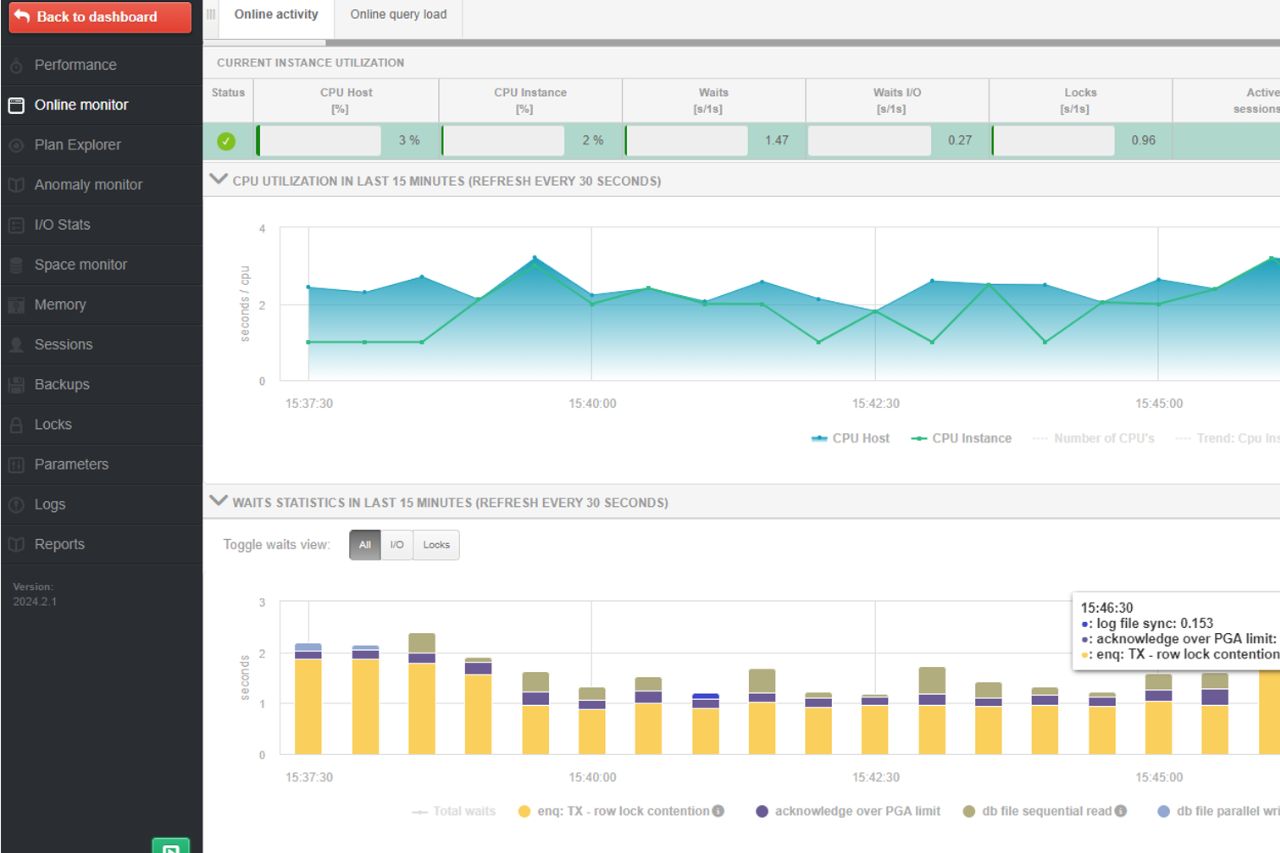30/10/2024
Database Security in the Era of IoT and Edge Computing
Every refrigerator, smartwatch, or industrial sensor that connects to the internet streamlines our lives, Yes, that’s true. However, by doing so, they also add to the growing pile of concerns in regard to database security. As we integrate more devices and decentralize data processing, the potential for breaches expands exponentially. This seismic shift demands a reimagined approach to security. One that transcends conventional methods and addresses the issues of protecting data. Even among the expanse of IoT devices and edge nodes.
24/10/2024
On-site Database Events to Attend in 2025
From Wales to London, Orlando to Stockholm, and beyond, 2025 promises a smorgasbord of data-driven sagas across various locales. Here’s a peek at the not-to-miss database events set to sprinkle some intellectual stardust on your next year’s calendars.
17/10/2024
Through Data Reliability: What is ACID When it Comes to Databases?
What is ACID when it comes to databases? Atomicity, Consistency, Isolation, and Durability are the pillars that keep database transactions from descending into chaos. These properties form the foundation of reliable database systems, ensuring that every operation follows the rules. That’s how we can handle every failure with precision, and leave no transaction incomplete or in a corrupt state. Without them, the data world would be a mess of half-executed actions, inconsistent records, and data loss that could bring even the simplest system to its knees.
10/10/2024
Oracle vs SQL Server: Which One Wins for Your Business?
Oracle vs SQL Server—two goliaths clashing over the supremacy of database management. These platforms emanate from the venerable houses of Oracle Corporation and Microsoft, respectively. They have evolved through decades, consistently pushed by the relentless pursuit of excellence and the demands of a data-driven world. This ongoing battle shaped their capabilities and influenced a great part of the technological choices of organizations around the globe.
We will get into their origins, architecture, and the nuances that dictate their adoption in various enterprise contexts.
03/10/2024
Cybersecurity Mesh Architecture and Its Significance at the End of 2024
The concept of the Cybersecurity Mesh Architecture, listed by Gartner as one of the most significant security trends in 2021, 2022, and 2023, conveys a transformational change in how we would fortify our digital frontiers. But what exactly is it about the specifics of CSMA that truly makes them so important in the context of prevailing in our current cybersecurity climate? How are they different from typical security models? What exact benefits does their implementation deliver to contemporary firms wrestling with continuously shifting cyber risks?
15/03/2017
DBPLUS CeBIT 2017 in Hanover
We maintained a presence during the entire trade fair, as well as at the stand operated by the Polish Agency…
08/08/2024
The Toughest Performance Challenges of SQL Server
SQL Server has a stellar reputation among the suits in the boardroom—lauded for its architecture and the ability to juggle massive datasets with the grace of someone who can juggle quite well. Yet, those who actually wrestle with the data, know a different story. They understand that SQL Server, like any towering giant, has its own set of quirks and foibles that can keep database professionals on their toes. Welcome to the performance challenges of SQL Server.
01/08/2024
That’s How Effective Query Monitoring Can Prevent Locks
In the complex ecosystem of SQL Server, performance issues can sometimes feel like detective work, especially when tracking down the elusive culprits behind system locks. This time, we’re exploring how ineffective queries (and poorly executed query monitoring) can grind operations to a halt, and how to identify the “how” and “why” behind the halt.
From scrutinizing load trends to dissecting lock histories and refining execution plans, we’re making sure that no stone—or should we say, no data block—remains unturned in our quest to keep SQL Server zipping along like a sports car rather than trudging like a pack mule.
18/07/2024
The Replication Dichotomy: Logical vs Physical Replication
There’s a peculiar habit among some database professionals occasionally to toss logical and physical replication into the same bin. One might as well say socks and shoes are the same because, after all, they both go on your feet, right? But as anyone who’s tried wearing socks in the snow can attest, similarities on the surface can hide a whole universe of differences between logical vs physical replication.
Blurring together logical and physical replication, or neglecting their differences can lead to inefficient data management strategies. Each method has its merits and ideal scenarios of use. Knowing just when to apply each one—understanding their unique roles in the spectrum of data management—helps avoid unnecessary workload, optimizes performance, and ensures data integrity.
04/07/2024
Execution Plan Changes in SQL Server: Reasons and Solutions
Executions plan—complex maps charted by the SQL Server optimizer, dictate the most efficient route for data retrieval. However, the plans are not static. They morph and adapt, influenced by a host of factors ranging from data volume changes to system upgrades. Each of the execution plan changes in SQL Server has the potential to sway performance dramatically.
Understanding the reasons behind these shifts, and more importantly, how to effectively manage them translates to maintaining optimal performance in SQL Server environments.
27/06/2024
The Domino Effect in the T10 Database on g1rush Server
Performance issues rarely occur in isolation. Often, a single problem can trigger a cascade of related issues, each compounding the overall impact on the system. This case study explores such a scenario in the T10 database on the g1rush server.
16/09/2020
Actinium Consulting GmbH and DBPLUS enter into partnership
Actinium Consulting GmbH specializes in business intelligence and ERP. The software developments by DBPLUS for database optimization and real-time data…
31/03/2020
dbi services and DBPLUS enter into a partnership
Delémont, March 31, 2020 – dbi services has secured a partnership with DBPLUS, a software development company which specializes in…
16/10/2019
Partner for Performance representing DBPLUS at the DOAG Conference and Exhibition 2019 in Nuremberg
Partner for Performance representing DBPLUS at the DOAG Conference and Exhibition 2019 in Nuremberg You wish to become more familiar…
16/07/2019
DBPLUS on “IT Tage” in Frankfurt
“Everything under one roof!” is the motto of the IT-Days 2019 from December 9th to 12th in the Cape Europa,…
17/06/2019
DBPLUS expands partner network
Another companies from the CEE region joined the group of DBPLUS partners. As a result, DBPLUS Clients gain access to…
14/11/2024
What’s New in DBPLUS Performance Monitor 2024.3
In the latest update of DBPLUS PERFORMANCE MONITOR, version 2024.3, we’re rolling out exciting enhancements and brand-new features. All are designed to elevate your database monitoring and management capabilities to the next level.
From real-time online monitoring improvements to smarter notification systems, we’re excited to walk you through what’s new, what’s better, and how these changes can make a big difference in managing your databases.
22/08/2024
Performance Monitor Changes in Version 2024.2—Part I: Online Monitor
Statistics can lie—” The only statistics you can trust are those you falsified yourself” This old adage attributed to Sir Winston Churchill rings especially true if you’re dealing with daily database monitoring. When data is only captured in 15-minute intervals, transient issues that can severely impact performance might slip through the cracks, unnoticed and unaddressed until they’ve already caused significant problems.
In the newest release of the DBPLUS PERFORMANCE MONITOR, we’re extremely excited to show you the solution that the new functionality brings to the table.
04/04/2024
Performance Monitor (Release 2024.1)
In April 2024, we published another version of the Performance Monitor for Oracle, Microsoft SQL Server, PostgreSQL, and SAP Hana…
24/01/2024
New version Performance Monitor (Release 2023.4)
In December 2023, we released the next version of Performance Monitor application for Oracle, Microsoft SQL Server, PostgreSQL and SAP…
05/07/2023
New version Performance Monitor (Release 2023.2)
On July 5, 2023, we released a new version of Performance Monitor for Oracle, Microsoft SQL Server, PostgreSQL and SAP…





















